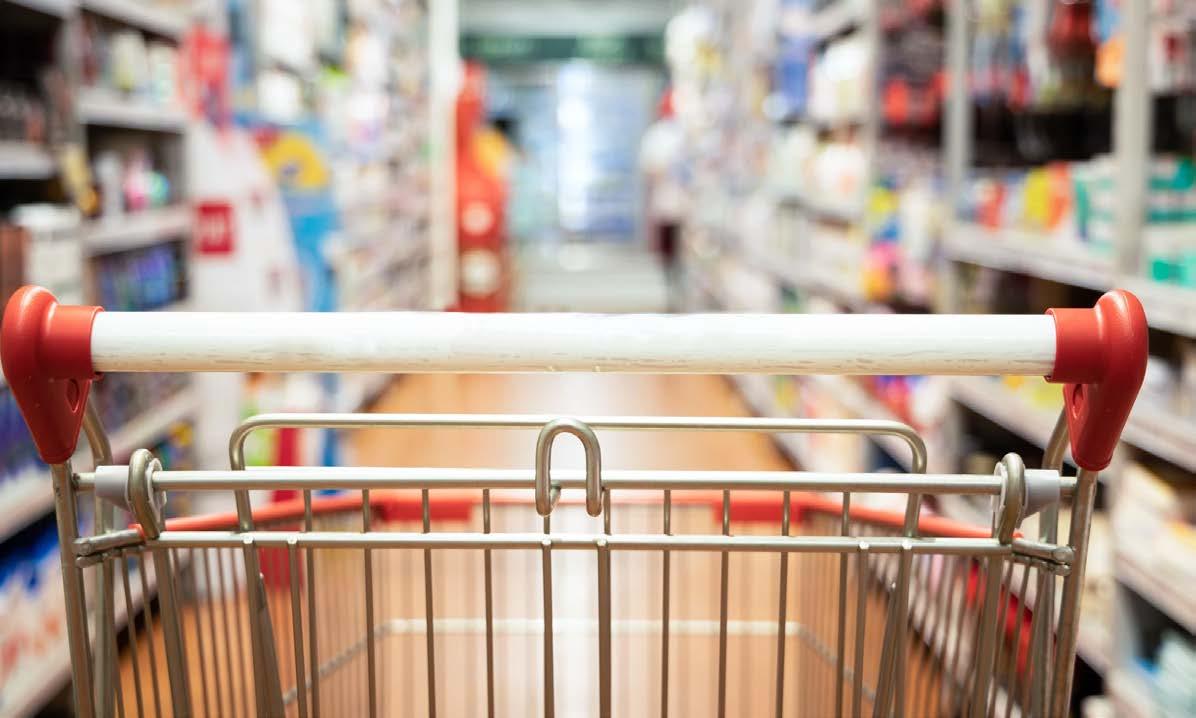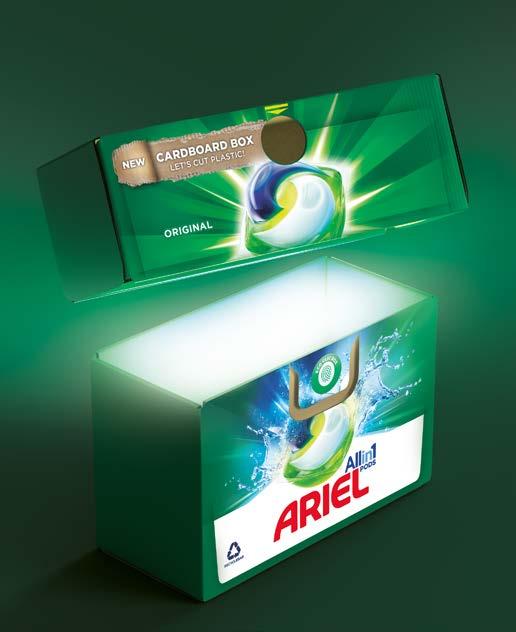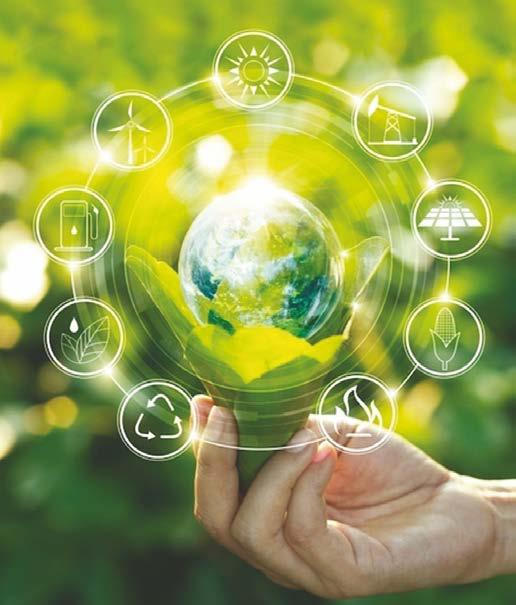
2 minute read
FMCG – The Top Trends
from SPN June 2023
by spnews.com
Businesses in the FMCG sector are recognising the growing business opportunities arising from embedding sustainability into their practices. Here are some of the top FMCG sustainability trends.
Businesses in the FMCG sector are recognising the growing business opportunities arising from embedding sustainability into their practices. This has increased since the pandemic, with studies showing that one in five consumers say they have acquired more sustainable habits since it began. In fact, now $1 in every $5 spent on FMCG comes from an environmentally conscious consumer, according to McKinsey & Company.
Advertisement
With this in mind, companies in the sector are ramping up their sustainability efforts to keep up with consumer demands and reap the business benefits that come with it. Here are some of the top impact areas on which FMCG companies are focusing their efforts.
Sustainable packaging
Opting for sustainable packaging is one of the most impactful ways companies in the sector can reduce their emissions. Out of the 6.3 billion tonnes of plastic that has been disposed since we started mass-producing, 4.9 billion tonnes has been sent to landfill or left in nature.
Studies show that by 2050 there could be more plastics than fish in our oceans, with the main culprit being single-use plastic packaging. As global climate action accelerates and consumers become more conscious of where they invest their money, companies in the FMCG sector are rapidly adopting innovative approaches to packaging.
Regulation is also having an impact on the industry. The UK Government introduced the Plastic Packaging Tax in April which offers greater financial incentives for businesses to move towards recycled plastics. This will in turn create greater demand for the material and encourage increased levels of recycling and collection of plastic waste, diverting it away from landfill or incineration.
When looking at packaging, it’s important FMCG companies use as little material and excess air as possible. Using recycled materials should be prioritised as well as plasticfree alternatives such as paper-based packaging. According to circular economy principles, all plastics should be recycled into new plastics in the first instance. Once companies have selected the correct sustainable packaging for their product and have understood how best it should be disposed of, then the rest of the packaging – including labels, lids and tapes – should be selected or designed to suit this end-of-life method. In addition to this, it’s crucial that brands encourage consumers to dispose of their packaging in the correct way which can be done through clear labelling on the packaging itself.

Supply-chain focus
To meet our global net zero ambition, companies across the sector must focus on the impact of their supply chain. This means identifying critical sustainability issues across the entire supply chain and working to address them while helping suppliers manage their own environmental and social impact.

True sustainability within a company’s supply chain is not only a focus on its environmental impact, but a holistic approach that considers environmental, social, and economic issues. For example, a company should be asking things like – were the agricultural products grown in a sustainable way, using water appropriately, and on land appropriate for the crop? Are workers being paid fairly and treated ethically?
The biggest challenge for companies is ensuring visibility when it comes to monitoring sustainable practices in supply chains, with studies showing that when it comes to responsible sourcing of necessary raw materials, just over half of FMCG companies have significant or complete visibility into their own processes, and only about one-fifth have the same visibility into their suppliers’ processes.










